Photos by Erin McCann
What was it Joni Mitchell sang? “You don’t know what you’ve got till it’s gone”? Let’s just say that it took growing up and moving away from Central Pennsylvania for me to realize the true greatness of the place. Amish quilts and baked goods? Rolling hillsides? Whatever. What I’m talking about is the sort of tourist spot that only my homeland can create: an abandoned mining town that’s been on fire for nearly 50 years.
In 1962, Centralia was a small town just like any other, populated by miners and the descendants of miners. There were streets and houses and bars and churches and people. Today? Today there are streets. The houses and bars and churches and people are gone. In their place you’ll find the oppressive smell of sulfur, and steam spews from the ground constantly. It’s a post-apocalyptic wasteland that serves as a symbol of stubbornness, conspiracy and the decay of the American dream.
And it’s three and a half hours from D.C.
(And when you’re done, there’s beer.)
Coal runs through the hills of Central Pennsylvania, and mining runs through the blood of most of the people who call it home. It’s inescapable; everyone’s family has the stories. In my own, a great-grandfather named Aloysius McNamara (good Irish stock that we are) was missing more than a few fingers by the time he ended his career in the coal mines. My paternal grandfather worked less than one day underground before hightailing it out of there and joining the Marines.
A century ago, the mines gave immigrant families the means and opportunity to put down roots in a new country (in exchange for backbreaking, soul-crushing work); these days, many of the towns they built are smaller and shabbier, poster cities for the Land That Prosperity And Time Forgot. Mount Carmel, just down the road from Centralia, had a population of just around 20,000 residents for most of the first half of the last century. Right now, it hovers around 6,000. Multiply that by hundreds of cities and towns around the region, and that’s what you’ll see as you wind through the hills on the way to Centralia.
(What Mount Carmel does have, however, is what certain members of my family have called “the best pizza on the East Coast.” Matucci’s Willow Cafe is about a 10-minute drive from the burning wasteland of Centralia. Call ahead to get a head start on the 30-minute cooking time for what are admittedly some truly delicious pies.)
No one knows with 100 percent certainty how the fire started. The very busy editors of the town’s Wikipedia entry are careful to call the prevailing story a “theory,” though it’s the one generally accepted by eyewitnesses, historians and the U.S. government. In May 1962, an old strip-mining pit served double-duty as a landfill. And back then, it was common practice for the town to burn off some of its extra trash. You see where this is going? Open flame, right on top of a giant pile of flammable, flammable coal? The earth underneath Centralia is a honeycomb of coal veins, so once that fire started, it branched out immediately and had plenty of room to burn.
A 2005 Smithsonian magazine article describes the fire and its aftermath like this:
An underground inferno has been spreading ever since, burning at depths of up to 300 feet, baking surface layers, venting poisonous gases and opening holes large enough to swallow people or cars. The conflagration may burn for another 250 years, along an eight-mile stretch encompassing 3,700 acres, before it runs out of the coal that fuels it.
It wasn’t until Feb. 14, 1981, that things got serious. Twelve-year-old Todd Domboski was swallowed into the weakened ground by a sinkhole, and though residents had dealt with occasional incidents of carbon monoxide poisoning over the previous 20 years, it was the peril faced by a child that finally pushed residents and the government to act.
But Centralia — like the other towns around coal region — was a community built by hard (and hard-working) people. They trudged deep into the ground every day for decades, and doing things the easy way was not in their nature. The Geological Society of America describes the next few steps like this:
Residents of Centralia were unable to develop a strategic plan with the U.S. Office of Surface Mining, the U.S. Bureau of Mines, and state agencies for controlling or extinguishing the Centralia mine fire. Several factors including the fire’s elusive nature, fractures that circulate air to burning anthracite in the subsurface, the inexperience of town officials in dealing with state and federal officials, and the expense involved led to this impasse.
The fire was impossible to put out, no one really knew how to put it out anyway, and many of the people living on top of it just wanted to ignore the whole thing.
By 1983, Congress had authorized up to $42 million to buy out the town and give its residents an opportunity to relocate. Most took it, and by the 1990s, fewer than 100 residents remained. As people fled, homes were razed, one at a time. Driving through the area back then, you could see what was once a duplex home, one half surgically removed, the other half left with brick and wood pylons propped up to support the still-standing side.
Those who remained were convinced the government hadn’t been telling the whole truth. “The problem in Centralia … is not the mine fire. The problem in Centralia is the government and [the state Department of Community and Economic Development]. Not the mine fire. It never was,” fire chief Tom Hynoski told The Associated Press. As the government stepped in and took the rest of the land under eminent domain, the remaining residents claimed the fire’s dangers had been exaggerated, that the government had no right to push them out, that the whole, sad situation was about nothing more than mineral rights and that they were being cheated out of them. The coal under the town was profitable, they said, and the government just wanted to take it from them. Others hoped for a rebirth: “I’d always hoped the town would come back and be rebuilt,” former holdout John Lokitis told AP, “but I guess that’s never going to happen.” His home was razed last Christmas.
And that’s where things have stood for the last 20 years. Elderly residents have been dying or moving away to assisted-living facilities, and one by one the final homes have been razed. In 2002, the postal service took away their ZIP code. According to an AP report, as of last February, there were fewer than a dozen holdouts left living in the final five homes. Those residents, squatters, essentially, who have lived rent- and tax-free in their homes for decades, have banded together to make one last stand against the government they swore has been lying to them for half a century. In October, they filed suit in federal court alleging that their civil rights had been violated.
Knowing all that history, visiting the town now can feel depressing. Nearby residents sometimes use what amounts to an abandoned field (albeit one with a street grid) as a dump, a crushing reminder of how the fire first started nearly half a century ago. Local high school kids have turned a now-closed section of Route 61 into Graffiti Highway, possibly setting a world record for the number of spraypainted penises per square foot. (Follow the penises for about half a mile past where the main road now detours and you’ll get to the spot where the road has buckled and fractured as the heat destroyed it.) You’ll get a headache from the sulfur after about an hour.
But there’s something incredible about the place. Despite the dried-out trees that fell decades ago, the ground can be mossy and covered with wildflowers in the spring. As the fire’s heat shifts from one spot to another, signs of life sprout as places cool again. The next ridge over from this cautionary tale about the dangers of fossil fuels is lined with windmills, turning 24/7 and generating energy out of the same air that fuels the coal fire beneath Centralia. I stood up there once and watched an actual double rainbow (!) appear and disappear as a summer thunderstorm moved across the sky.
The people who live there are weary of their story, but they’re also used to the many people who stop to explore. Often, they’ll drive over to chat, curious about where you’re from and where you heard about their home. There are two cemeteries left in the town, one of which is still actively used as elderly former residents pass on. It’s not unusual to see other explorers wandering about, or geologists stopping by to update readings on long-term studies. For a dead town, it can be surprisingly active some days.
There’s the fractured highway (park by the cemetery and walk straight when Route 61 veers to the left), and there’s the street grid that is slowly being reclaimed by nature. There are decaying picket fences that once divided one home from another. It’s a bonanza for photographers, especially in the winter when the steam from the ground is more visible swirling against the cold air. There isn’t really a lot to see in Centralia, unless you’re looking carefully, and then suddenly there’s everything to see, and it’s beautiful.
When you’ve had your fill of the sulfur, though, Pennsylvania coal region has one more gem to serve up to its visitors: Yuengling. Pottsville, home to America’s oldest brewery, is less than 20 miles away from Centralia. I grew up largely ignorant of Centralia and its history, but there was no way I could escape Pennsylvania without a healthy respect for one of its most famous exports. Your throat will probably be dry from all that walking, and what better way to quench the thirst than with a lager? Yes, they offer tours, Monday-Friday yearlong, and on Saturdays in April through December.
Getting there:
Google Maps is your friend here, because there are several ways to get from D.C. to Centralia. All are about three and a half hours long. There are signs that point the way on Route 61.
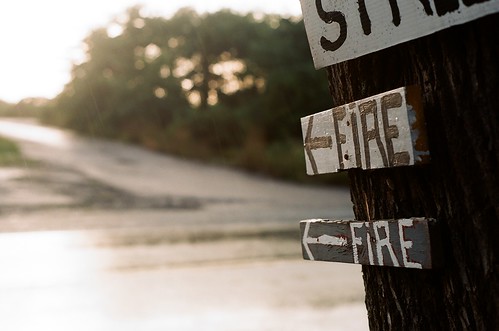
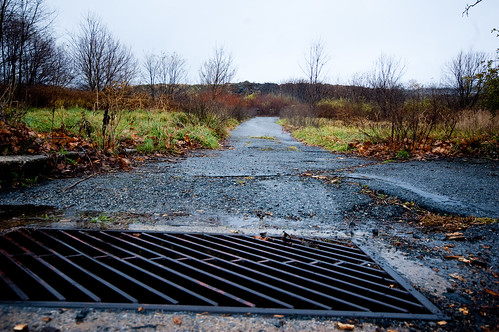
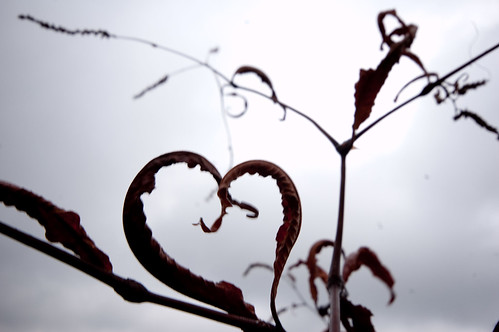

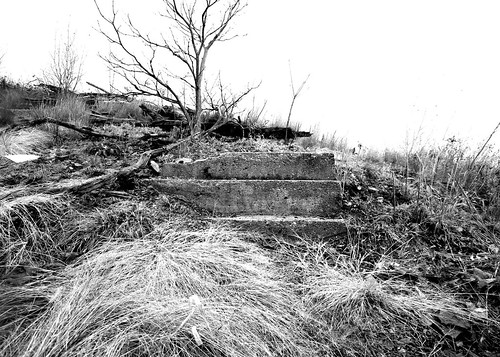
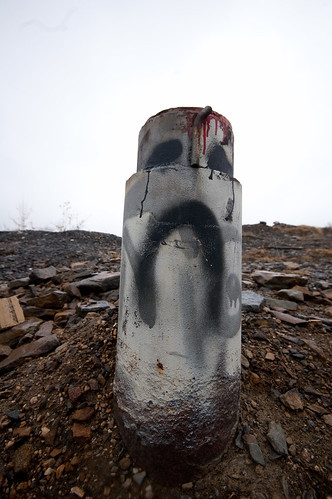
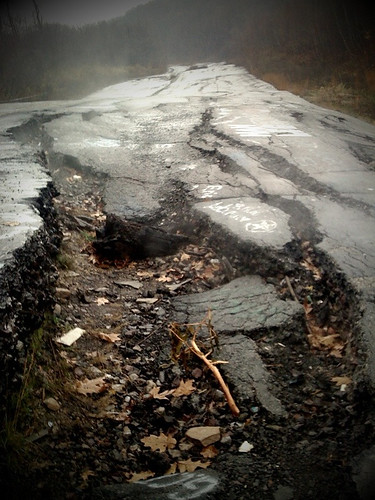
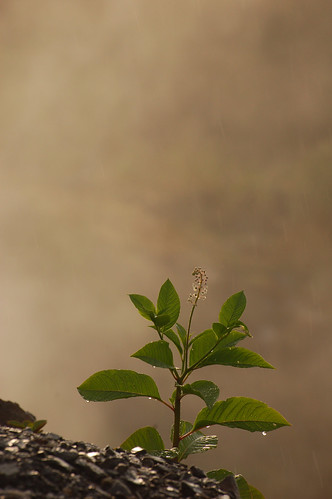
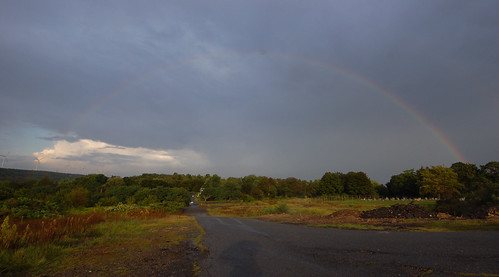
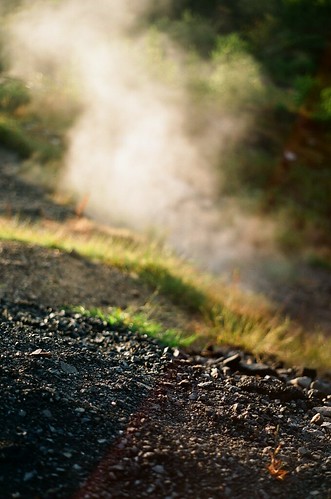
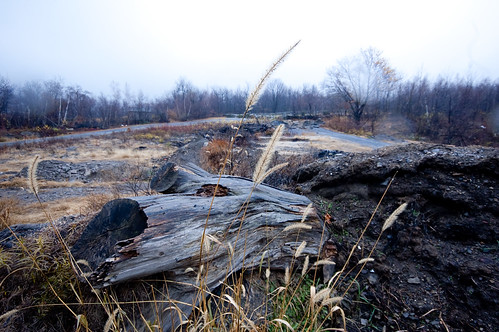
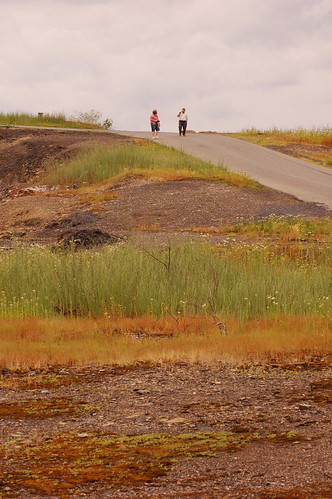


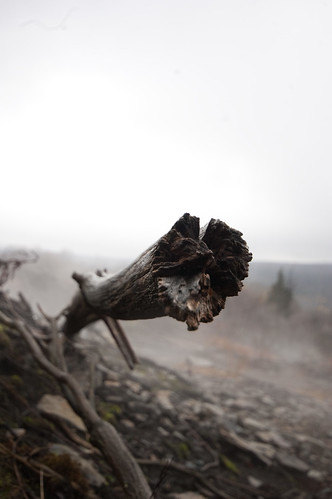
These shots remind me of some of the locations used in “The Road”. Great story!
RaidoLab did a story on Centralia recently. It was fascinating.
Pingback: William World News » And in blog news, welovedc.com just told its readers to go to hell
Pingback: Tweets that mention Getaways: Centralia, Pa., is one smokin’ hot town » We Love DC -- Topsy.com
I had heard of a town that “has been burning forever” in Pennsylvania, but it wasn’t until Erin’s pictures and words that it’s stories and people were made real.
Great post Erin. Loved it. You had me at Joni Mitchell.
Pingback: In Las Vegas, when do the outdoor swimming pools at hotels typically open for the season? | Info in Net
Good essay and photos. For those who want to know more, check out my book, Fire Underground: The Ongoing Tragedy of the Centralia Mine Fire. Tells the Centralia story from beginning to end. And yes, Mattucci’s is a great place to eat. The pizza is good, but the Italian dinners are to die for. They serve Italian cuisine, not just red sauce and pasta. And don’t miss the bread.
Yes. Great article. For 2 years I have takens a rag tag group of my 14 year old son’s friends with us on adventures such as paintballing, camping, tubing rock climbing. A few months ago I decided to do a little more exploring along with the adrenaline trips. :-) A month ago, we drove a little over 2 hours from Binghamton NY to see it. They loved it. Especially the Penis Trail. LOL! Did a ton of research and this was one of the best articles amongst the hundreds that I found. Thanx.
‘In their place you’ll find the oppressive smell of sulfur, and steam spews from the ground constantly.’
Not true of what was left of the town (a few houses) when I visited in 2004. Maybe true of the hill where the fire is.